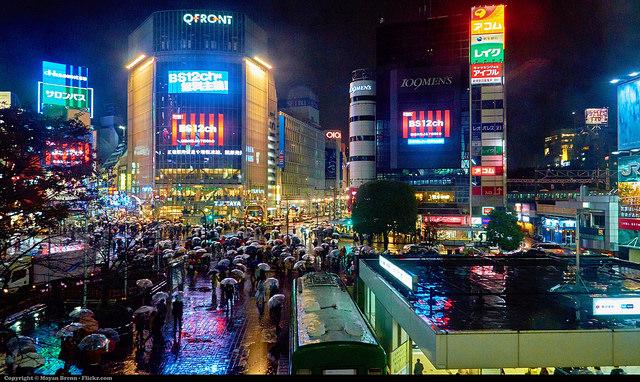Two weeks ago, Senator Nick Xenophon travelled to Japan to meet with executives from Mitsubishi and Kawasaki, and key Government officials to politely warn them to not rely on the Australian PM’s ‘nod and a wink’ as a key to winning the SEA 1000 competition.
With high-stakes South Australian politics in play, he respectfully suggested that they need to come up with the best possible local build package to compete with their French and German counterparts, and that failure to do so may be fatal to any submarine project involvement they were chasing.
The Japanese responded positively and genuinely, giving cause for the Senator to announce that ‘the Japanese are ready and able to build here’. This has left the French and Germans, both experienced exporters of submarines, sharpening their pencils.
Don’t we all just love a good competition?
Later this year Defence will be called upon to examine the competitive evaluation process (CEP) responses. They will then select a ‘preliminary winner’ on the basis of each contender’s submarine capability, accompanying package (including industrial), restrictions (e.g. intellectual property) and price, regarding the commercial and technical risk associated with the offerings.
But it may all be in vain.
Senate Estimate questioning (video) has revealed that once the CEP has concluded, outside the purview of the government-appointed Expert Advisory Panel appointed to oversee the process, strategic considerations will then be applied on top of Defence’s analysis and a ‘final winner’ will be selected. So, the ‘winner’ of the CEP may not be the ‘winner’ of the SEA 1000 design and build prize.
There’s considerable suspicion that Option J will be selected as the ‘final winner’ based on the need for a fillip to the de facto Australian–Japanese alliance.
This would be a mistake.
Why? Because a Mount Fuji-sized project is simply the wrong project to use for this.
If a strategic pick on a $20 billion submarine build applies, and a higher level of assessed risk goes on to be realised, the extra cost to Australia in dollars and schedule slip could be substantial. Noting that submarines are a critical Navy asset, its impact on the ADF would be significant and any such setback may also ultimately harm the very relationship it intends to foster.
It would make more sense to pick a less critical, less complex, and less costly program to undertake some strategic bonding with Japan; something more eminently doable and where the realised risk might amount to a few tens of millions, not several billion—and doesn’t have the potential downside of a critical capability gap. Given that both Australia and Japan are US allies and have shared interests in helping to support American power in the region, perhaps it would be better to select a project which could enhance interoperability between the trio’s armed forces.
A more suitable project might be a central Australian F-35 test range to examine joint strike fighter capabilities such as ECM, ECCM, weapons and, indeed, ‘interoperability’; in contrast to the skies over Japan, with its high population density and where prying eyes are certainly more prominent.
Such an approach would likely be welcomed by the Japanese. They’re honourable people that take pride in ‘doing as they say’. Just five months after the 1995 Great Hanshin Earthquake flattened Kobe, KHI launched the submarine Asashio on time. While they are clearly capable at complex project management, they concede that they’re nascent in the area of Defence exports. They are also acutely aware that the CEP is perhaps moving a little too fast for comfort.
Now, that’s not to say that the Japanese can’t, won’t and shouldn’t win the CEP; it’s just that they shouldn’t be selected on the basis of a ‘Captain’s pick’. If the Japanese are to win the SEA 1000 prize, it must be done on the merits of their proposal.
